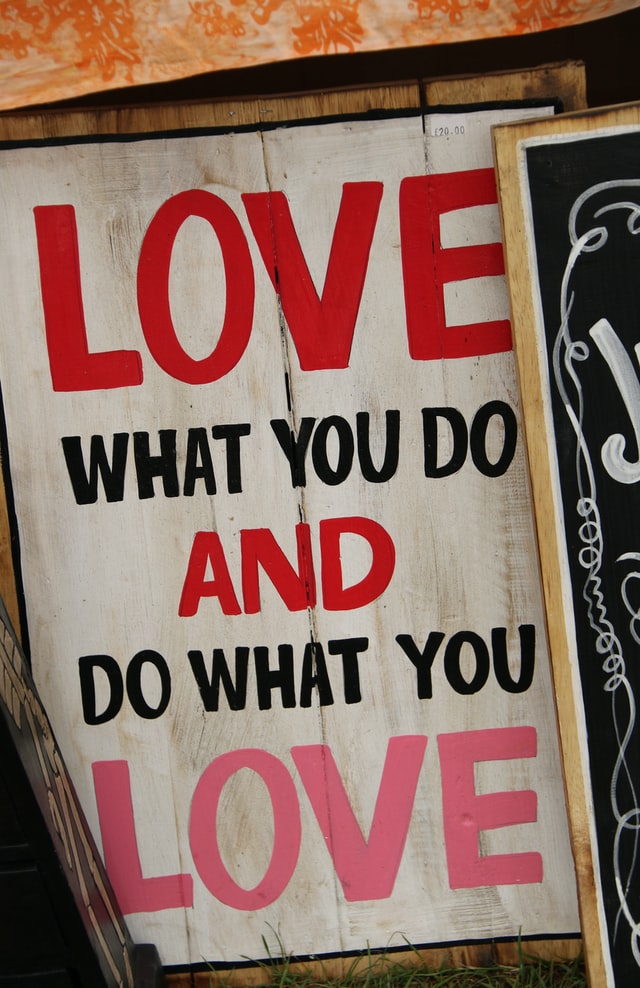After an extraordinary time working from home, many of us are nearing a return to the workplace. Seems like a good time to check-in with yourself to see if you are in the right job: One where you find intrinsic motivation not only to feel engaged, but also to be most creative.
This creativity is vital for both your organization to survive and for you to thrive.
Teresa Amabile, psychology professor at Harvard Business School, studies how everyday life inside organizations can influence people and their performance and found that extrinsic motivators such as financial rewards that make people feel controlled can often stifle creativity.
While extrinsic motivation is primarily about external rewards such as money or recognition, intrinsic motivation means you are incentivized to do the activity for the enjoyment itself rather than for the external benefits that may result.
“You should do what you love, and you should love what you do,” says Amabile. Doing what you love means finding work that “matches well with your expertise, your creative thinking skills, and your strongest intrinsic motivations.” Loving what you do means “finding a work environment that will allow you to retain that intrinsic motivational focus, while supporting your exploration of new ideas.”
This means when you are in the right job you can leverage your core competencies, including the things you do best and enjoy as well as having autonomy and are regularly challenged to stretch your abilities.
Amabile found that external rewards can also boost one’s intrinsic motivation and creativity when they these rewards are unexpected or unchosen, especially if these extrinsic rewards support what you are already intrinsically motivated to do.
“My experiments have shown that extrinsic motivators that make people feel controlled or driven only by that motivator drain intrinsic motivation and stifle creativity,” writes Amabile. “But extrinsic motivators that either allow a person to be more engaged, or confirm their competence, in something they are already keen to do, can synergistically add to intrinsic motivation and creativity.”
According to Amabile, support from an employee’s manager is crucial. When a manager provides clear and honest communication, values individual contributions to the overall team, and sets clear goals, this results in the most creative projects. Further, creativity is optimized when the organization supports the free flow of ideas and an opportunity to develop new ideas.
It turns out that what drives creativity in the workplace comes down to simply making progress on meaningful work, providing a sense of moving forward on something that matters. When people felt this experience, they were both more productive and more creative.
And highly-creativity projects have environments that are more intellectually challenging, sufficiently resourced, plenty of autonomy and encouraged innovative thinking.
Do you feel intrinsically motivated and are you able to be creative in your job? If not, is there something your boss or organization can do to change that? Obviously, it is not entirely up to your employer as you also need to take responsibility. Don’t neglect this important aspect of job satisfaction as there may be no better indicator as to whether you simply remain employed or really thrive.
This is the perfect time for you to assess whether the job you’re returning to in-person is the one that enables you to bring out your best.

